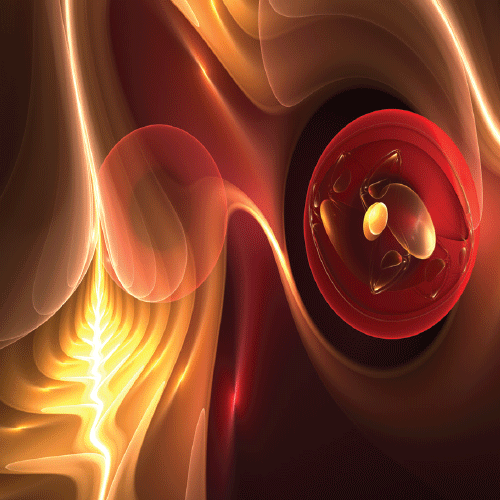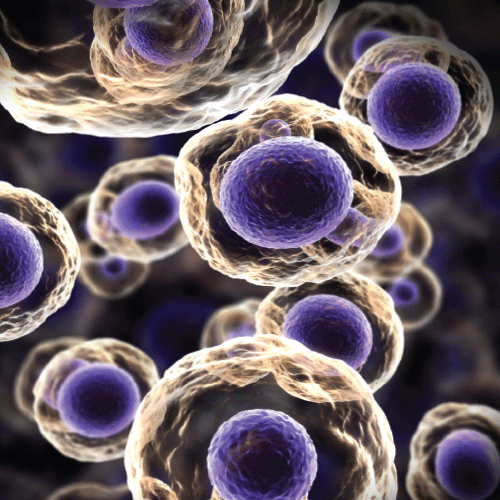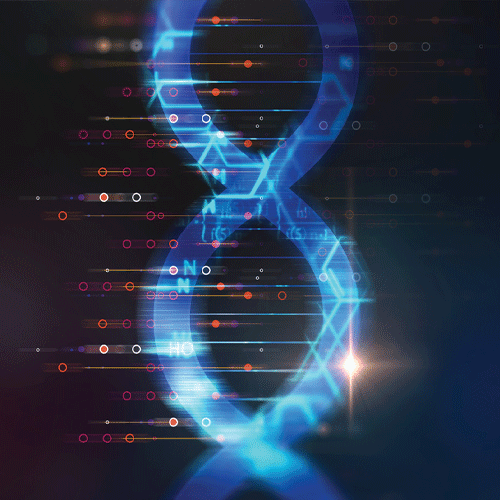Synthetic Biology
Synthetic biology seeks to apply engineering principles to biology. It has an ultimate goal of designing and building biological systems for specified tasks (e.g. drug development, material fabrication and energy production). The field is a collaborative effort between not only engineers and biologists, but also chemists and physicists.
 Synthetic biology aims to use engineering methods to build novel and artificial biological tools. This is done using an established engineering approach – defining the specification for a device or system and then using a set of standard parts to create a model that meets that specification. The basic building block is a biopart – a fragment of DNA with a specific function such as producing a protein or activating a “start/stop” switch. Bioparts are combined into devices that carry out a desired activity, like producing fluorescent protein under a given condition. Multiple devices can be connected into a system, which performs more complex, higher-level tasks.
Synthetic biology aims to use engineering methods to build novel and artificial biological tools. This is done using an established engineering approach – defining the specification for a device or system and then using a set of standard parts to create a model that meets that specification. The basic building block is a biopart – a fragment of DNA with a specific function such as producing a protein or activating a “start/stop” switch. Bioparts are combined into devices that carry out a desired activity, like producing fluorescent protein under a given condition. Multiple devices can be connected into a system, which performs more complex, higher-level tasks.
Powerful computers offer in-depth modeling and simulation to predict the behavior of the part, device or system before it is assembled. The relevant DNA instructions are then artificially synthesized and inserted into a biological cell, such as bacteria. The bacterial cell is the “chassis” or vehicle that interprets the DNA instructions. If the synthesized information is read and processed correctly, then the specification and design were appropriately crafted. If not, the original design is modified, continuing the design-modeling-testing cycle. Once complete, the device or system becomes a component created from standard bioparts, rather than constructed each time from scratch.
The rise of synthetic biology has been compared to that of synthetic chemistry, a field that developed and matured during the past century as chemists learned how to synthesize compounds that previously only existed in nature. Early examples such as dyes and medicines like aspirin gave way to the creation of plastics, semiconductors and complex pharmaceuticals.
Many supporters believe that synthetic biology has the potential to achieve equally important results such as producing inexpensive new drugs, developing environmental biosensors and more efficiently producing biofuels from biomass.
Given that synthetic biology involves creating novel living organisms, it isn’t surprising that security, safety and ethical concerns have been raised. Like many other “dual use technologies,” synthetic biology offers the potential for great good, but also for harm. There are concerns that the increasing accessibility of this technology may spawn a new era of “biohackers” leading to the accidental or deliberate creation of pathogenic biological components. Safety measures taken by the research community include incorporating genetic signals that prevent uncontrolled spreading outside the lab environment. It is worth noting that in many ways, these mechanisms are already in place as part of the guidelines developed for recombinant DNA techniques that are currently in use worldwide. From this perspective, the advances in synthetic biology may be viewed as a natural extension of this research, rather than a great leap into unchartered scientific territory.


